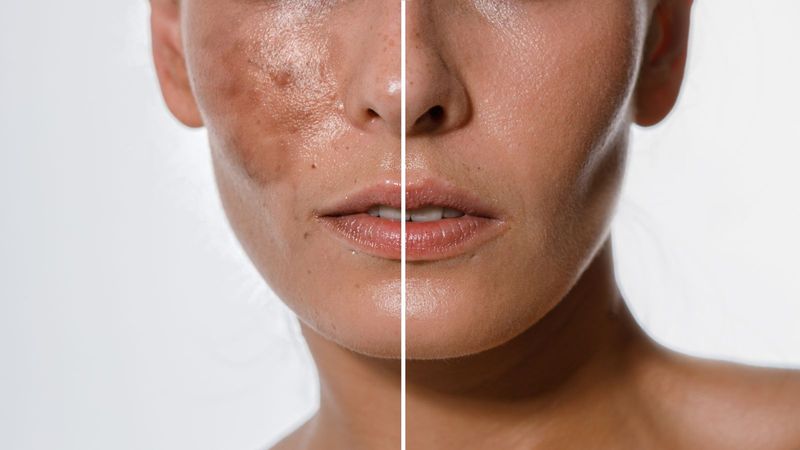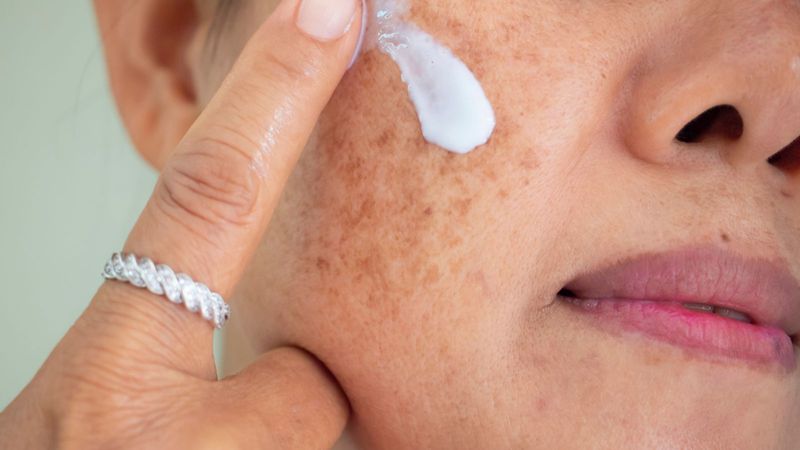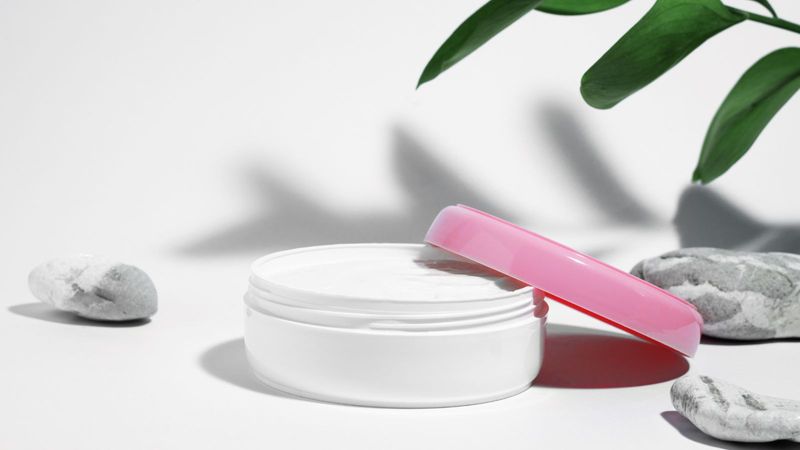Melasma, often referred to as the 'mask of pregnancy,' is a common skin condition characterized by the development of brown or greyish-brown patches on the face. This hyperpigmentation disorder can affect anyone, regardless of age or gender, but it is more prevalent among women, particularly those with darker skin tones in this blog, we'll explore the causes of melasma, how to identify its distinctive spots, and various treatments options, from the best products to home remedies and medical interventions.
Causes of Melasma

Hormonal changes: One of the primary triggers for melasma is hormonal fluctuations, commonly associated with pregnancy, birth control pills, or hormone replacement therapy. Estrogen and progesterone imbalances can stimulate the production of melanin, the pigment responsible for skin colour, leading to melasma.
Sun exposure: Ultraviolet (UV) rays play a significant role in the development of melasma. Exposure to the sun can exacerbate existing melasma or trigger its onset. This is why melasma is often more noticeable during the summer months when sun exposure is at its peak.
Genetic predisposition: Some individuals may be genetically predisposed to melasma, making them more susceptible to developing the condition. If someone in your family has experienced melasma, you may be at a higher risk.
Identifying Melasma spots

Melasma spots typically appear as brown or greyish-brown patches on the face, most commonly on the forehead, cheeks, nose, and upper lip. The patches often have a distinct symmetrical pattern, mirroring each other on both sides of the face. While melasma doesn't cause any physical discomfort, the cosmetic impact can be distressing for those affected.
Treatment Options
1. Using the best products for Melasma

Sunscreen: Broad-spectrum sunscreens with a high SPF are crucial in managing melasma. Regular application helps prevent UV rays from exacerbating pigmentation.
Skin-lightening agents: Topical treatments containing ingredients like hydroquinone, kojic acid, or alpha arbutin can help lighten melasma spots over time.
2. Home remedies for Melasma and natural remedies for Melasma

Lemon Juice: The natural bleaching properties of lemon juice make it one of the most popular home remedies for Melasma. Applying fresh lemon juice to affected areas and leaving it on for 15-20 minutes before rinsing can help lighten dark spots.
Aloe Vera: Aloe vera gel, known for its soothing properties, may aid in reducing inflammation and pigmentation associated with melasma. This natural melasma treatment is easy to add to your skincare routine consistently, to see if it works for your skin.
Turmeric: The anti-inflammatory and antioxidant properties of turmeric make it one of the easiest natural remedies for Melasma. Creating a paste with turmeric and applying it to affected areas may help lighten dark spots.
3. Medication

Prescription Creams: Using the best products for melasma may not be enough. Dermatologists may prescribe topical treatments containing stronger ingredients, such as tretinoin or corticosteroids, to address melasma.
Chemical Peels: Chemical peels, performed by a healthcare professional, involve the application of a chemical solution to exfoliate the skin, helping reduce pigmentation.
Disclaimer:
It's crucial to note that while these treatment options may be effective for some, they might not work for everyone. Additionally, self-diagnosis and treatment without professional guidance can lead to adverse effects. This blog does not substitute for medical advice, and individuals experiencing melasma symptoms should consult a dermatologist or healthcare professional for a personalized treatment plan. Skin conditions vary, and a tailored approach is essential for successful management.
FAQs
1. Is melasma permanent, and can it be completely cured?
Melasma is a chronic condition, and while treatments can lighten or fade the pigmented patches, a complete cure may be challenging. Consistent management and sun protection are crucial for long-term results.
2. Are over-the-counter products effective in treating melasma?
Over-the-counter products, such as sunscreen and skin-lightening agents, can be effective in managing melasma for some individuals. However, consulting with a dermatologist for personalized recommendations is essential, as stronger prescription treatments may be necessary.
3. What role does sun exposure play in melasma, and how can it be prevented?
Sun exposure is a significant trigger for melasma. Wearing a broad-spectrum sunscreen with a high SPF, along with protective clothing and accessories, is crucial in preventing the worsening of melasma. Seeking shade and avoiding peak sun hours can also contribute to prevention.
4. Can hormonal changes, like those during pregnancy, lead to permanent melasma?
Pregnancy-induced melasma, often referred to as the 'mask of pregnancy,' can fade after childbirth, but it may not completely disappear. Hormonal factors play a significant role, and managing melasma during pregnancy involves careful consideration of treatment options that are safe for both the mother and the baby.




